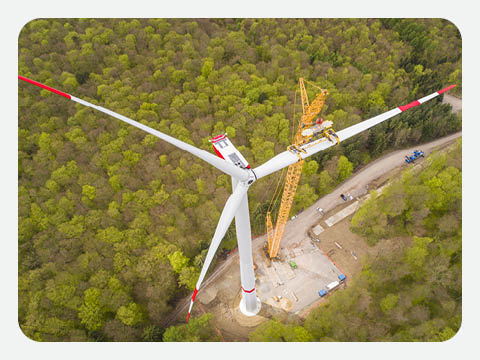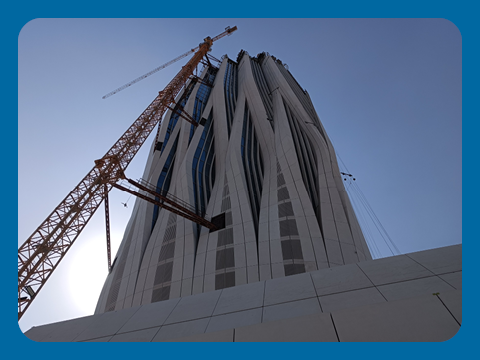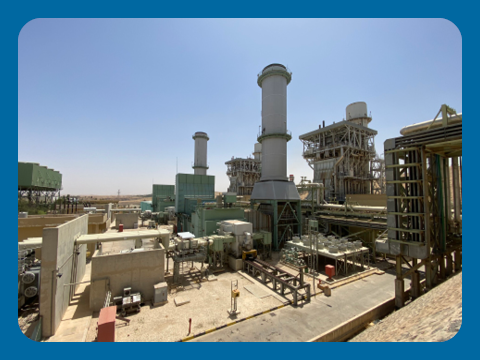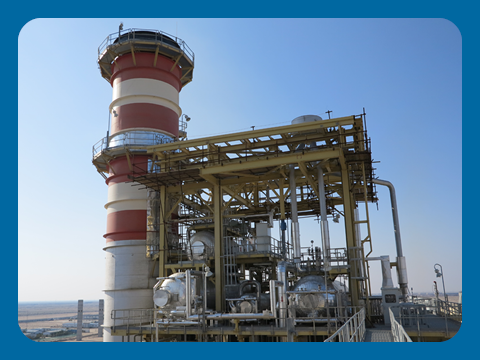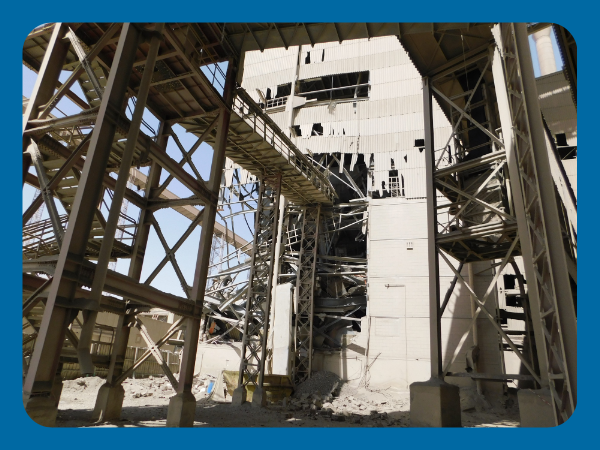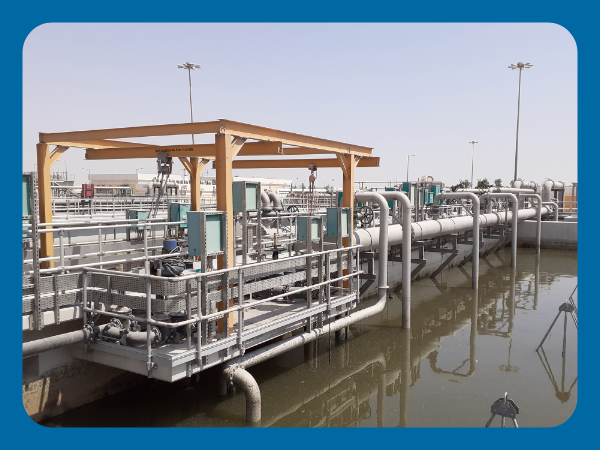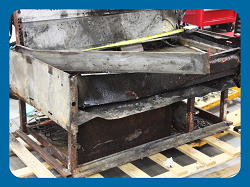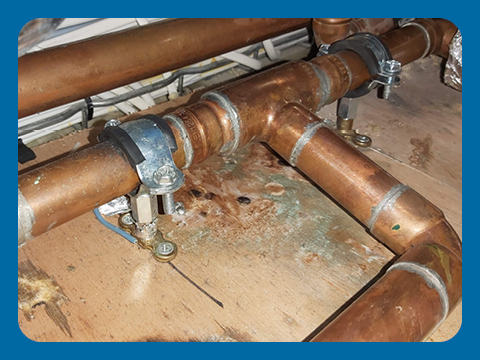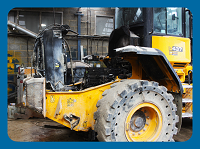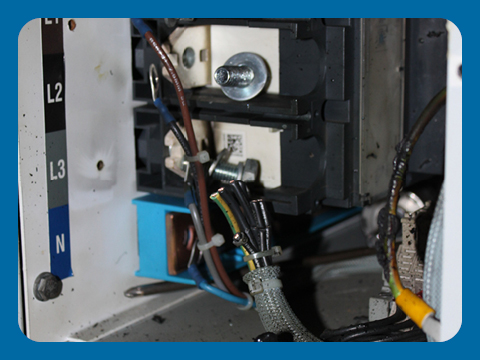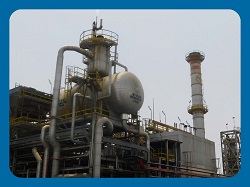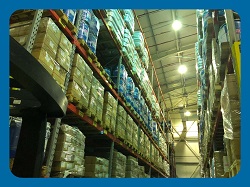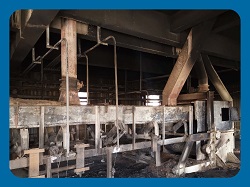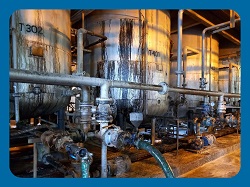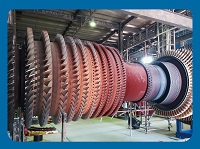Carbon black used to be called "soot" in the west and "shouen" in the east. In the 1740's, plant production started in the United States, and because of the production method used, it was then called "lampblack”. In the 1870's, products manufactured from natural gas were sold under the name “carbon black”.
Carbon black is a generic term for an extremely fine, extremely porous, low-density powder with a high surface area, composed of elemental carbon. It is an ingredient used primarily in reinforced rubber, with the rest used as a black pigment or for its electrically conductive properties.
The production process can use one of many different production methods, including the use of oil furnace, lampback, channel, gas furnace, acetylene decomposition and thermal process. The oil furnace production method, which uses the incomplete combustion of aromatic hydrocarbons, is currently the most common method according to multiple resources. In this method, the process starts when a factory receives heavy residual oil (feedstock) from suppliers. Feedstock charge pumps then send the fuel oil to production lines, where it is heated to allow it to run through pipes. This is then injected continuously into the combustion zone of a natural gas-fired furnace (reactor), where it is decomposed to form carbon black. The furnace internal walls are typically lined with a refractory to contain the heat generated by the process.
By varying the amount of oil, air and temperature, the process can be manipulated to produce different particle sizes. The exhaust gases from the incomplete combustion are further cooled to about 230°C (450°F) by passage through heat exchangers and direct water sprays.
Carbon and process gas are sent to bag collectors that separate processed gas from carbon black using a large number of cloth bags. The process gas is taken through a heat exchanger and used to preheat more air and fuel oil for the process.
Carbon removed from process gas is now sent through to dense bag collectors in the beading area, where it is pulverised before being sent to a surge tank to remove air from the mixture. An agitator in the surge tank removes air and a wet bead machine blends carbon with water and a blending additive to produce a wet mixture. This is sent to the dryers, which are heated by tail gas from the process.
Fire hazards at a carbon black production plant include raw material stored and used at the site including oil, natural gas and acetylene (depending on the production method). The reactors, which make the most important part of the production process, have explosion and overfiring hazards similar to any other fired heater. The stream of gas generated by the process contains hydrogen and carbon monoxide, making it flammable. A leak can introduce oxygen to the process and an explosion in the pipes or ducts can occur.
Even bagging towers can be vulnerable to explosions and fire due to the combination of flammable gas and combustible dust. The finished product is combustible, although difficult to ignite—when it burns, it does so very slowly.
As in other industrial plants, risk engineers should evaluate the management and control systems applied at the site. Operator training, emergency planning and controls, inspection and maintenance programmes (in addition to housekeeping) are critical issues to review during a survey.
For more information please contact Mamoon Alyah at +44 (0)20 7042 8123 or by email at mamoon.alyah@ceerisk.com

